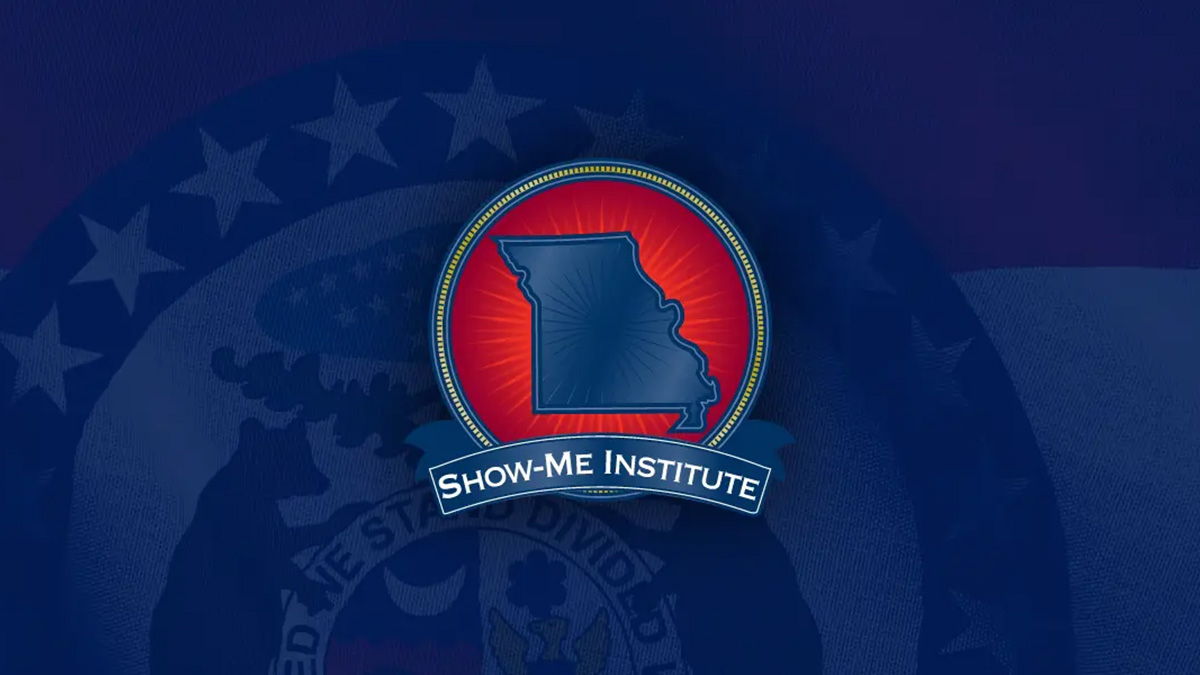“We Ran From It the First Time We Saw It”
The above is a direct quote from a potential investor about a stalled development project in northern Boone County. The project’s developers promised a large motorsports venue, and hinted that perhaps Missouri’s own Carl Edwards, Jr., endorsed the project.
As the Columbia Tribune reported:
[Developers Richard] Stone, Edwards, David Babel, Curt Hardin and homebuilder Tony Stuart dreamed of a $45 million venue that would break ground by fall 2008. Municipal leaders and the few merchants who remained in the little towns of Sturgeon and Clark were ecstatic, convinced that better times were just ahead.That was three years ago.
The story, if you pay attention to the Tribune‘s detailed reporting, has all the sorts of twists and turns of a development drama: a developer charged with a dozen criminal offenses (the article goes to great length to detail those), a development proposal with financial projection numbers that appeared to be “scam quality,” a NASCAR celebrity, and — sadly but predictably — a push for public subsidy.
In this case, the public subsidy took the form of tax increment financing (TIF), a mechanism whereby the additional taxes generated by improvements made to the development (presumably the new racetrack) are instead kept by the company. Fortunately, this particular TIF district has not been created, meaning that the taxpayers of Boone and Randolph counties have not yet begun to foot part of the bill for this mess.
However, this particular instance illustrates a common problem of publicly subsidized development projects: Development projects with a higher risk of failure (or perhaps those that assuredly will fail) are more likely to seek out public subsidy. After all, it takes time, effort, and some money to petition for public funds; developers pursuing projects with high likelihood of success are less likely to seek public handouts, because their time is better spent bettering their projects in order to make even greater profits.
As discussed on this blog before, when it comes to trying to pick economic winners and losers, the government usually picks losers. The winners are too busy making a profit to bother applying for subsidy.


